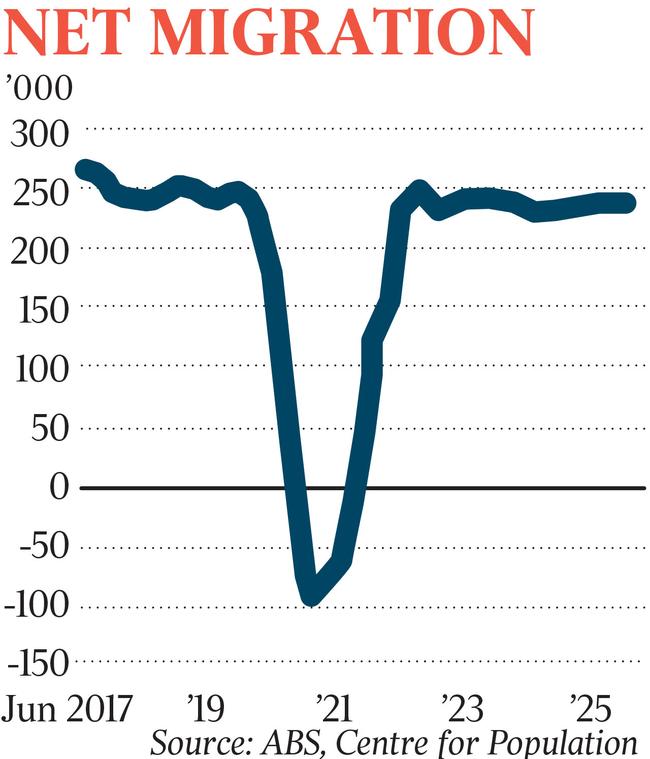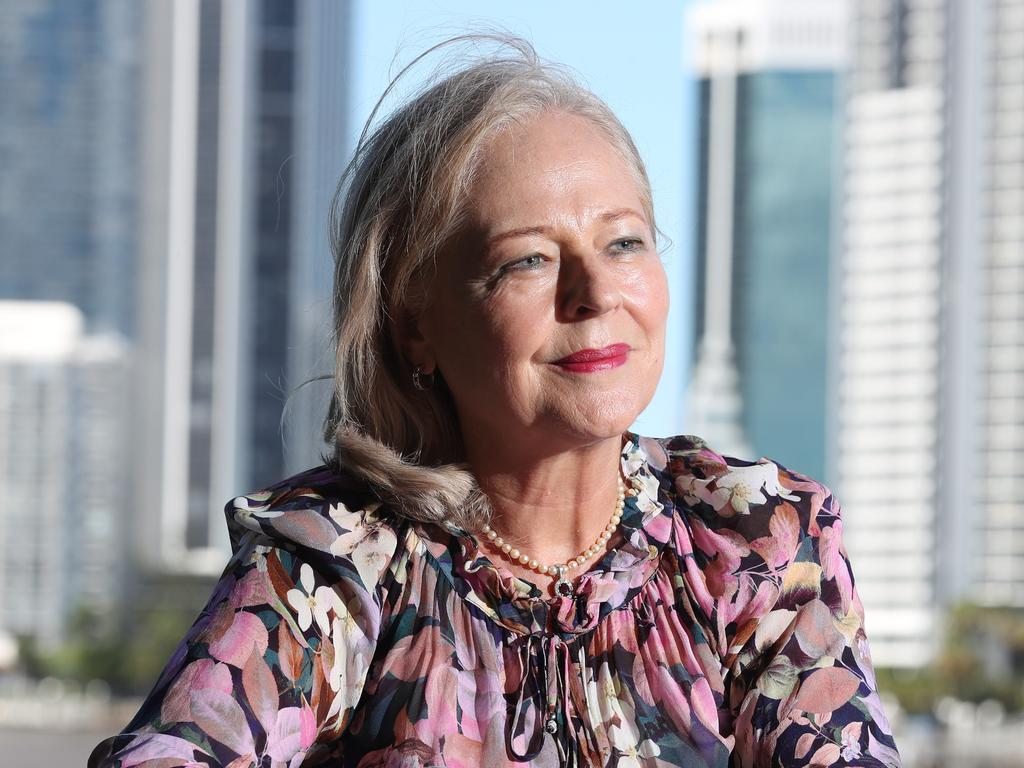Overseas students lead migration surge
The migration rate has made a stunning turnaround and is on track to return to pre-pandemic levels this financial year.

Australia’s migration rate has made a stunning turnaround and is on track to return to pre-pandemic levels this financial year, a new report shows.
The rapid increase is being turbocharged by the return of international students, many of them Chinese, since the lifting of Covid travel restrictions in December 2021, it reveals.
The federal government’s 2022 Population Statement, to be released on Friday, notes net overseas migration is “forecast to reach the pre-pandemic trend of 235,000 (people) from 2022-23 and remain at that level thereafter”.
“Had the pandemic not occurred, cumulative net overseas migration was expected to be 473,000 persons higher across 2019-20 to 2025-26,” an excerpt from the report states.
The statement notes that while the rebound in migration numbers is being led by international students, working holiday visa holders and permanent migrant arrivals have also jumped since Covid restrictions were eased.
“In mid-October (last year) there were 36,000 (or 90 per cent) more Chinese students in Australia than in mid-December 2021,” the report states. “The number of all international students in Australia increased by 122,000 in the same time period.
“Offshore student grants from January to September 2022 were higher than the corresponding period in any previous calendar year,” it reveals. “(And) offshore grants of working holiday visas and other temporary visas have also surpassed 2019 levels.”
But in a warning against over-optimism, Jim Chalmers said the strong rebound in migration numbers was not enough in itself to grow the nation’s economy.

“Migration is an important part of the story but should never be a substitute for training more Australians or making it easier for parents and seniors to work more if they want to,” the federal Treasurer said.
“Migration has played a crucial role in our economic development and will be critical in the future too if it’s well-considered and well-managed.
“This matters at multiple levels – the global scramble for talent, the filling of genuine skills shortages, and making sure migrant workers aren’t exploited,” the Treasurer said.
“Australia’s migration settings need to be sustainable, serve Australia’s national interest, and not be a substitute for … building the capacity of our domestic workforce.”
The federal government boosted the permanent migration program from 160,000 to 195,000 for 2022-23 in September, saying it would help to address skills gaps in areas such as nursing and technology.
The policy change “further strengthened” the outlook for permanent arrivals, the number of whom are forecast to continue rising after hitting a low in March 2021, the report states.
Dr Chalmers said the government was currently undertaking both a review of the migration system and developing an employment White Paper to ensure the nation has a bigger and better-trained workforce in 2023 and beyond.
“Migration policy is economic policy,” he said.
A common hope for many international students who come to Australia to study is to stay and work after they finish their university courses.

In Sydney for the new year celebrations, Yiping Qiao, who recently completed a masters degree in civil engineering at the University of Queensland, is one.
“I moved to Brisbane from China to study for a masters degree and I only graduated a couple of months ago … I hope to stay on and find a job in the design industry because of the way of life in Australia and the people,” the 25-year-old said.
Yingyi Zhang, who moved to Australia from China to start her PhD in civil engineering two years ago, said she was continuing to make plans to live in Australia after she finished her course at the University of Queensland.
“I like the idea of working with a design firm and definitely want to stay on in Australia at least for a couple of years after I finish university because it seems to have a healthy work culture,” the 27-year-old said.
Szu-Yen Lee, 21, is in the final stages of her architecture degree at University of Queensland, after she moved from Taiwan to Brisbane. “I’m looking to stay on in Australia and move to Melbourne University to continue studying. My intention is to stay on in Australia,” she said.
An Po-Ru, who was visiting Sydney University with his three friends, said he was on holiday from Taiwan and hoping to move to Australia next year to begin studying engineering.
The Population Statement shows Australia’s population is projected to rise to 39.2 million people by 2060, with migration having to compensate for a falling fertility rate.
The current fertility rate sits at 1.66 births per woman, about the same as pre-Covid, and is expected to fall to 1.62 by 2030-31.
“This reflects a long-running trend of Australian women having children later in life and having fewer children when they do,” the statement says.
There was an uptick in the birthrate from early in the pandemic when the national fertility rate fell to a record low of 1.58 births per woman.
“The temporary decline in births was most evident in the December 2020 quarter, when births fell by 3000 to reach 71,000, the lowest quarterly result in the past 15 years,” the statement reveals.
“Births in this quarter would have been conceived early in the pandemic, a period of high uncertainty which likely influenced families’ child-bearing plans.”
Australia’s median age is projected to rise from 38.2 years in 2020-21 to 42.8 years in 2060-61.
The full population statement will be released on Friday.
Additional reporting: Angelica Snowden






To join the conversation, please log in. Don't have an account? Register
Join the conversation, you are commenting as Logout